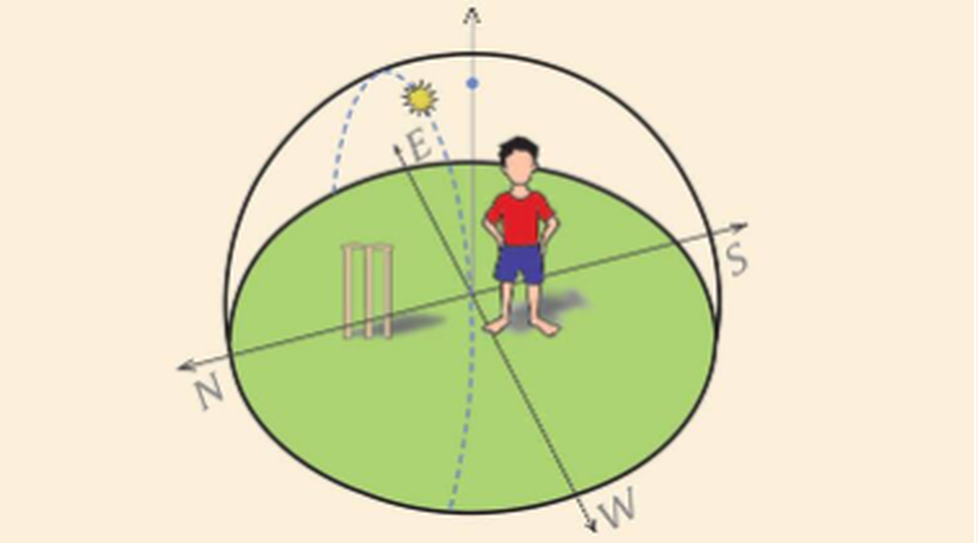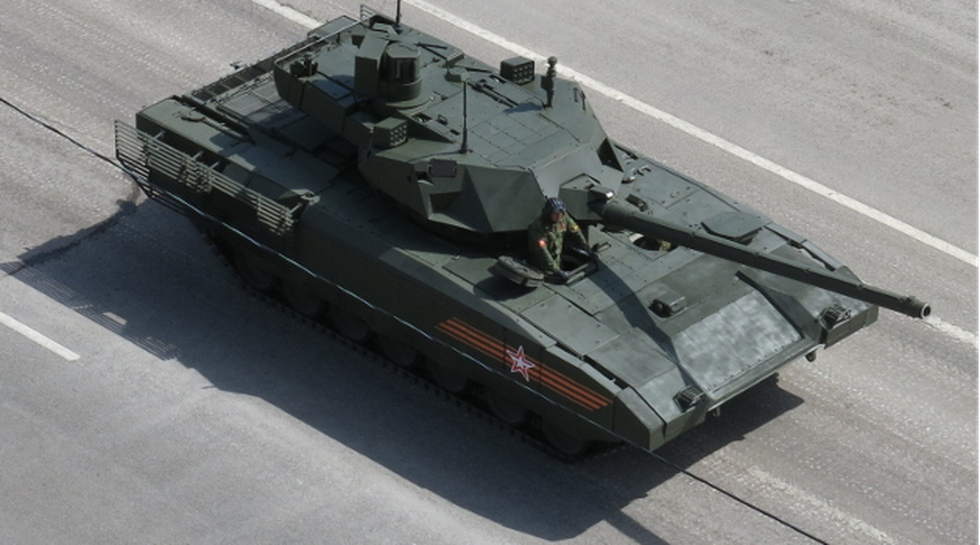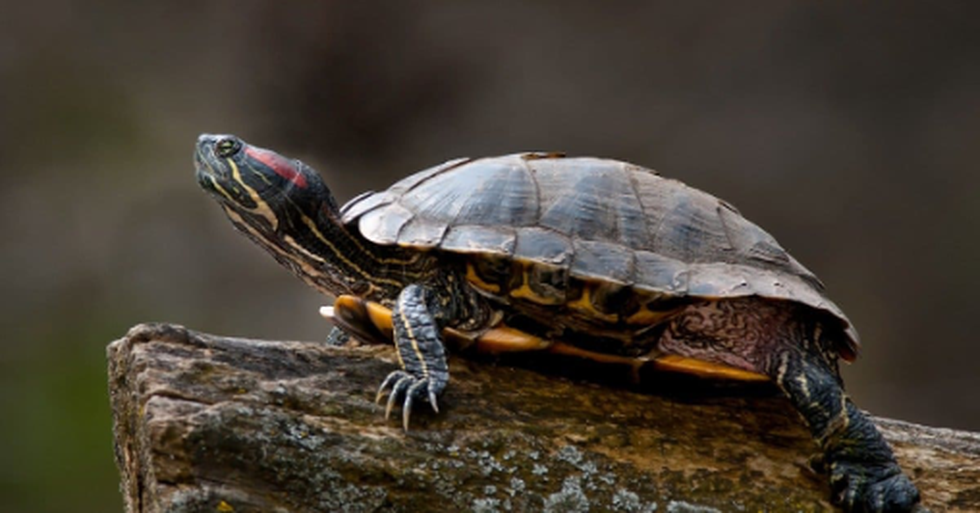
About Manamadurai Pottery:
- Manamadurai in the Sivagangai district of Tamil Nadu is known for pottery making.
How are these pots made?
- The Vaigai River enriches the clay used for the Manamadurai pottery.
- Pot making requires expertise as the bottom has to be perfectly round.
- The circumference of the pot and the neck should be proportionate so that the pot sits flat on the ground.
- The right proportion of mud, clay and heating makes this product very strong.
- The main raw materials for making these pots are soil and water.
- The sand, collected from different places in the district, is used for making pottery and dried for two days. The particles of the mud get separated by sieving.
What is a Geographical Indication Tag?
- It is a sign used on products that have a specific geographical origin and possess qualities or a reputation that are due to that origin.
- This is typically used for agricultural products, foodstuffs, wine and spirit drinks, handicrafts and industrial products.
- The Geographical Indications of Goods (Registration and Protection) Act, 1999seeks to provide for the registration and better protection of geographical indications relating to goods in India.
- This GI tag is valid for 10 years following which it can be renewed.
2. SUPREME Initiative

About SUPREME Initiative:
- The Support for Up-gradation Preventive Repair and Maintenance of Equipment (SUPREME), is a first-of-its-kind programme by the government.
- It extends financial support for repair, upgradation, maintenance, retrofitting, or acquiring additional attachments to increase the functional capabilities of existing analytical instrumentation facilities.
- Eligibility: Different facilities created under the projects/ Analytical instrumentation facilities (AIFs) created earlier from the support of DST, only will be considered for the funding support under this Scheme
- Such facilities at institutions recognised by the University Grants Commission (UGC) are eligible to apply for grants under this initiative.
- Duration: The duration of support will be for a period not exceeding 3 years.
- Funding Pattern: The funding pattern in the scheme would be 75:25 for all private and govt owned institutions (except for state-funded institutions for which 100% funding would be considered).
- The Criterion for Selection:
- Apart from the academic and research merits of the organizations, details of how the revival of the research facility will benefit the scientific community/MSMEs/Startups will be taken into account for evaluating the proposals.
- Proven records of the sample(s) analysed, publications, patents, different beneficiaries/stakeholders associated with the facility and other parameters like Scientific Social Responsibility/ industrial R&D components will be considered for screening of the proposals.
- The selection process will be through a peer review mechanism and a visit to the organizations, if necessary.
- Expert Committee will evaluate the proposals and assist DST in making the final selection.
- Nodal Ministry: Ministry of Science and Technology
3. Tughlaqabad Fort

About Tughlaqabad Fort:
- It was built by the Ghiyathu’d-Din Tughluq (1321-25) who belongs to the Tughluq dynasty.
- The fortified city was built in four years on the rocky terrain, as a defence mechanism.
- Features
- It is in two parts, the citadel and palaces along the southern walls forming one unit and the city to the north the other.
- The citadel is still intact, and the walls of palaces can also be discerned.
- The city portion is, however, in extreme ruins, although one may make out the alignment of some of its streets.
- Across the main entrance from the south is Ghiyathu’d-Din’s tomb is located.
- It is faced with red sandstone relieved by marble, and with batter on the exterior, it is enclosed within high walls forming an irregular pentagon.
- Ghiyathu’d-Din’s successor, Muhammad Tughluq (1325-51), added the small fortress of ‘Adilabad on the hill south of Tughluqabad, with which it shares the main characteristics of construction.
Key Facts about the Archaeological Survey of India
- Under the provisions of the Ancient Monuments and Archaeological Sites and Remains Act of 1958 (AMASR Act, 1958), the ASI administers more than 3650 ancient monuments, archaeological sites and remains of national importance.
- It also regulates the Antiquities and Art Treasure Act, of 1972.
- It was established in 1861 by Alexander Cunningham (He also became its first Director-General).
HQ: New Delhi. - Nodal Ministry: It is an attached office to the Ministry of Culture.
4. What is Zero Shadow Day?

About Zero Shadow Day:
- What it is? It is a sub-solar point where the sun is directly overhead at a particular latitude.
- When the sun is at the zenith (the highest point in the sky) its rays will be hitting a particular point exactly perpendicular to the surface.
- This will make the shadow of a person exactly under him, making it look like there are no shadows.
When does it occur?
- There are two zero shadow days every year in May and July/August, observed in places that lie between the tropic of Cancer and the tropic of Capricorn.
- One falls during the Uttarayan (when the Sun moves northwards), and the other is during Dakshinayan (when the Sun moves southwards).
- It lasts for a small part of a second, but the effect can be seen for a minute to a minute-and-a-half.
5. Taam Ja Blue hole

About Blue Hole:
- What it is? It is a type of underwater sinkhole or vertical cave that is typically found in low-lying coastal karst platform regions.
- These are formed when limestone or other carbonate rock is dissolved by slightly acidic groundwater over a long period.
- Features of Taam Ja Blue hole
- It is around 900 feet deep and scientists have dubbed it the second-deepest blue hole found on the planet.
- It has a nearly circular shape at its surface with steep sides that form a large conic structure covered by biofilms, sediments, limestone, and gypsum ledges.
- It was found in the central portion of Chetumal Bay, where submerged coastal karstic sinkholes locally named ‘pozas’ have been reported.
- A series of discontinuous terraces were detected at water depths, near the eastern and north-western walls of the blue hole before developing steep and almost vertical slopes.
- There is variation in salinity and temperature inside the blue hole.
Key facts about Yucatan Peninsula
- It is a Northeastern projection of Central America which is lying between the Gulf of Mexico to the west and north and the Caribbean Seato the east.
- The peninsula is almost wholly composed of beds of coralline and porous limestone rocks.
What is Sinkhole?
- It can be formed due to natural processes or human activity.
- It is formed in the areas of “karst” terrains, where the rock below the surface of the Earth can be easily dissolved by groundwater.
- Karst terrain is created from the dissolution of soluble rocks, mostly limestone and dolomite and is characterised by distinctive landforms such as caves, sinkholes and springs.
- These can also be formed due to human activity due to broken land drains, water mains and sewerage pipes, increased rainfall etc.
6. T-14 Armata battle tank

About T-14 Armata battle tank:
- It is a new Russian Main Battle Tank (MBT).
- It is designed by the Russian Defense Company Uralvagonzavod.
- Features:
- It has an unmanned turret, with crew remotely controlling the armaments from "an isolated armoured capsule located in the front of the hull.
- Maximum Speed: 75 km/h.
- The tank has a maximum range of 500 km on internal fuel.
- It is operated by a crew of 3 men, including a commander, gunner and driver.
- It is one of the most protected MBTs in the world. It has newly-developed composite base armour made of steel, ceramics and other materials.
- The tank is armed with a 2A82 (or 2A82-1M) 125 mm smoothbore gun.
- It is capable of firing gun-launched anti-tank guided missiles in the same manner as ordinary projectiles. These missiles have a range of about 5 km and can also target low-flying helicopters.
7. What is Mexican Giant Turtle?

About Mexican Giant Turtle:
- Mexican Giant Turtle, also called the Red Eared Slider, is the most destructive among the seven turtle species found in the world.
- It is considered as one of the world’s 100 worst invasive non-native species.
- Scientific Name: Trachemys scripta elegans
- Distribution: They are native to the south-eastern USA and Mexico but have found their way across the globe, including India, through the trade of exotic animals.
- Habitat:
- It occurs in a wide variety of aquatic habitats, but it prefers a mud bottom, plenty of aquatic plants, and abundant basking sites.
- It lives in both natural waters (including rivers, sloughs, and oxbow lakes) and human-made waters (such as ditches, ponds, and reservoirs).
- Features:
- It is known for its bright red circular or oblong spots near its ears.
- The carapace (upper shell) is olive-brown with numerous black and yellow lines.
- The exposed skin is dark green with narrow black and yellow lines.
- It is primarily aquatic and will emerge from the water for basking on rocks and logs.
- Average Life Span: 20 to 30 years.
8. Exercise Ajeya Warrior 2023

About Exercise Ajeya Warrior 2023:
- It is a bilateral training exercise between the armies of India and the UK.
- This is the 7th edition of the exercise.
- It aims to improve interoperability between the two forces while carrying out operations in accordance with UN mandates.
- The exercise will witness the participation of an infantry company from India and a unit of equal strength from the British Army.
- The soldiers of both countries will practice using each other’s weapons, war tactics, equipment, war strategies, and procedures for conducting combined military operations in difficult situations.
- In addition, there will also be a number of expert academic discussions on a range of topics of common interest, such as the combined arms concept, operation logistics, sharing of joint force experience, etc.
What is an infantry company?
- It is a unit of the armed forces that consists of 100 to 250 soldiers and is led by a captain or a major.

About 3200 Phaethon:
- It is classified as an asteroid - the first to be discovered via satellite.
- It was discovered on Oct. 11, 1983, using the Infrared Astronomical Satellite, and named after the Greek myth of Phaethon, son of the sun god Helios, due to its close approach to Sun.
- It is blue in colour, which is rare for an asteroid.
- It orbits the sun every 524 days (1.43 years), coming as close as 0.14 astronomical units (AU) and reaching as far as 2.40 AU from the sun.
- Its orbit is highly elliptical. It completes a rotation on its axis every 3.60 hours.
- Phaethon is about3 kilometers in diameter, making it larger than 99% of asteroids.
- Phaethon's orbit is 02 AU from Earth's orbit at its closest point. This means that there is a wide berth between this asteroid and Earth at all times.
- Mystery:
- While Phaethon looked like an asteroid – it appeared to be the source of the annual Geminid meteor shower.
- In 2021, scientists suggested that some of this object’s comet-like behaviour might stem from sodium fizzing from its surface.
Solar flare-monitoring spacecraft reveals asteroid Phaethon’s comet-like behaviour
What is Geminid meteor shower?
- The Geminids meteor shower, which peaks during mid-December each year, is considered to be one of the best and most reliable annual meteor showers.
- During its peak, 120 Geminid meteors can be seen per hour under perfect conditions.
- Unlike a majority of the meteor showers we experience on Earth, the Geminids are the product of an asteroid.
- The reliable shower produces bright meteors associated with the asteroid Phaethon, a strange blue rock that acts like a comet.
What is an astronomical unit (AU)?
- An Astronomical Unit (AU) is the average distance between Earth and the Sun, which is about 93 million miles or 150 million kilometers.
- Astronomical units are usually used to measure distances within our Solar System.
10. Pradhan Mantri Schools for Rising India (PM-SHRI) Scheme

About Pradhan Mantri Schools for Rising India (PM-SHRI) Scheme:
- It is a Centrally Sponsored scheme announced in 2022.
- Objective: Development of more than 14500 schools across the country by strengthening selected existing schools being managed by Central Government/ State/ UT Government/ local bodies.
- The duration of the scheme is from 2022-23 to 2026-27, after which it shall be the responsibility of the States/UTs to continue to maintain the benchmarks achieved by these schools.
- Features:
- The selected schools will act as exemplar schools showcasing all components of the National Education Policy 2020 (NEP) and offering mentorship to other schools in their vicinity.
- The PM SHRI Schools will be developed as Green Schools, incorporating environment-friendly aspects.
- The pedagogy adopted in these schools will be more experiential, holistic, integrated, play/toy-based (particularly in the foundational years), inquiry-driven, discovery-oriented, learner-centric, discussion-based, flexible and enjoyable.
- The focus will be on the learning outcomes of every child in every grade.
- Assessment at all levels will be based on conceptual understanding and application of knowledge to real-life situations and will be competency-based.
- Linkage with Sector Skill Councils and local industry for enhancing employability and providing better employment opportunities will be explored.
- A School Quality Assessment Framework (SQAF) is being developed, specifying the key performance indicators to measure outcomes. Quality evaluation of these schools at regular intervals will be undertaken to ensure the desired standards.


.jpg)
.jpg)

























































































































































.png)
.png)
.png)
.png)
.png)


.png)
.png)
.png)





.png)
.png)






.png)
.png)
.png)
.png)
.png)
.png)
.png)
.png)
.png)

.png)







.png)
.png)


.png)
.png)
.png)


.png)

.png)
.png)





.jpg)

.png)
.png)


.png)

.png)
.png)
.png)

.jpg)

.jpg)


.png)

.png)
.png)
.png)
.png)
.png)
.png)
.png)
.png)
.png)
.png)




.png)

.png)





.png)
.png)
.png)
.png)
.png)
.png)
.png)
.png)
.png)
.png)
.jpg)
.jpg)

.png)
.png)
.png)
.png)
.png)
.png)
.png)
.png)
.png)
.png)
.png)
.png)
.png)
.png)
.png)
.png)
.png)
.png)
.png)
.png)
.png)
.png)



.png)
.png)

.jpg)
.jpg)


.jpg)
.jpg)
.jpg)
.jpg)
.jpg)

.jpg)







.jpg)
.jpg)
.jpg)

















.jpg)
.jpg)







.jpg)


















.jpg)
.jpg)






























































































.jpg)
.jpg)


























.jpg)

.jpg)










.jpg)








.jpg)




.jpg)










.jpg)


















.jpg)












































.jpg)














.jpg)
.jpg)
.jpg)





.jpg)

.jpg)
.jpg)





































































.jpg)


































.jpg)
.jpg)
















































.jpg)












.jpg)


.jpg)




.jpg)
.jpg)
.jpg)

.jpg)
.jpg)
.jpg)
.jpg)

.jpg)
.jpg)
.jpg)

.jpg)
.jpg)
.jpg)
.jpg)
.jpg)
.jpg)
.jpg)
.jpg)

.jpg)


.jpg)
.jpg)
.jpg)
.jpg)
.jpg)
.jpg)
.jpg)
.jpg)
.jpg)
.jpg)











.jpg)
.jpg)





.jpg)
.jpg)
.jpg)
























.jpg)
























.jpg)









.jpg)
.jpg)







.jpg)
.jpg)









































.jpg)
.jpg)
.jpg)
.jpg)
.jpg)

.jpg)
.jpg)
.jpg)
.jpg)
.jpg)


.jpg)
.jpg)
.jpg)
.jpg)
.jpg)

.jpg)
.jpg)
.jpg)
.jpg)
.jpg)
.jpg)
.jpg)
.jpg)
.jpg)
.jpg)
.png)

.png)
.png)

.png)
.png)
.png)
.png)


.jpg)
.jpg)

.jpg)
.jpg)
.jpg)

.png)
.png)
.png)
.png)
.png)
.png)
.png)

.png)
.png)
.png)
.png)
.png)
.png)
.png)
.png)
.png)
.png)





































































-min.png)



.png)




.png)








































